Before we dive in, I’d like to thank Ryder for developing this amazing system over the years and sharing it with the world. I am honored to be sharing a glimpse into my Bullet Journal with you today and so grateful for the opportunity to share how I have made it my own.
My Bullet Journal Story
Before the Bullet Journal system came into my life, I was one of those people with countless old planners laying around half-used and full of blank pages. I never truly found a system that worked for me until now.
I have always been a list-maker and I love to put pen to paper. If you had looked at my desk a few months ago, you would have found piles of loose papers, notebooks, calendars, and post-it notes. I knew that there had to be a way to wrangle them all into a manageable system. I went on a massive Pinterest search and discovered the beautiful Bullet Journal pictures and blog posts that abound there. I was hooked.
What I Love About My Bullet Journal
My absolute favorite thing about my Bullet Journal is it’s flexibility. In the past, I would feel incredibly guilty for leaving blank pages in my planners and would inevitably just stop using them. I now have the freedom to use as much or as little space as I need on any given day. Each page is a new blank canvass ready to absorb whatever thoughts, notes, tasks, doodles, or musings come to me that day.
Walkthrough
Key
I am a traditionalist when it comes to my key. I love the simplicity of the bullet points to signify my tasks each day. Putting an “x” or arrow through those bullet points is incredibly satisfying to me.
Index
The index is the back-bone to my system and the one thing that has made my Bullet Journal the perfect system for me. I finally have a way to keep all of my notes organized within one notebook instead of multiple sheets of paper on my desk.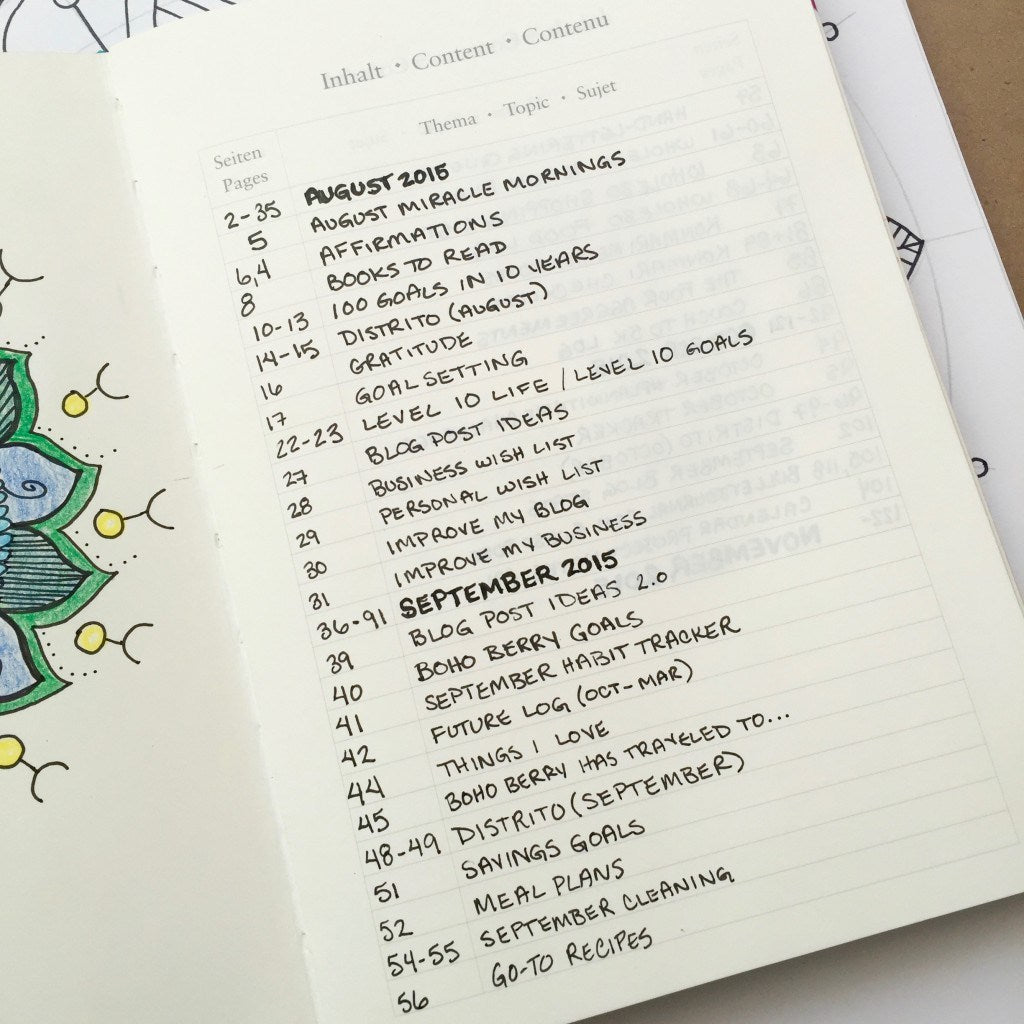
In addition to the front index, I developed a color-coding system on the last page of my notebook. At a glance, I can easily flip to pages related to key areas of my life: Blog, Travel, Projects, Finances, Food, Health & Goals.


Monthly Spread
I used Ryder’s original monthly log layout at first, but quickly discovered that I was running out of room to list all of my appointments, particularly on busy days. I switched this up in October and developed a layout with morning/afternoon/evening sections and a smaller column for my monthly goals. This is also one of the only ways that I color code my Bullet Journal.
Future Planning
My future planning spread is basically just a way for me to track important dates like birthdays and holidays. For more detailed events like appointments and travel plans I keep a shared iCal calendar with my husband so that we always know each others’ schedules.
At the beginning of each month I reference our shared calendars and fill in the details.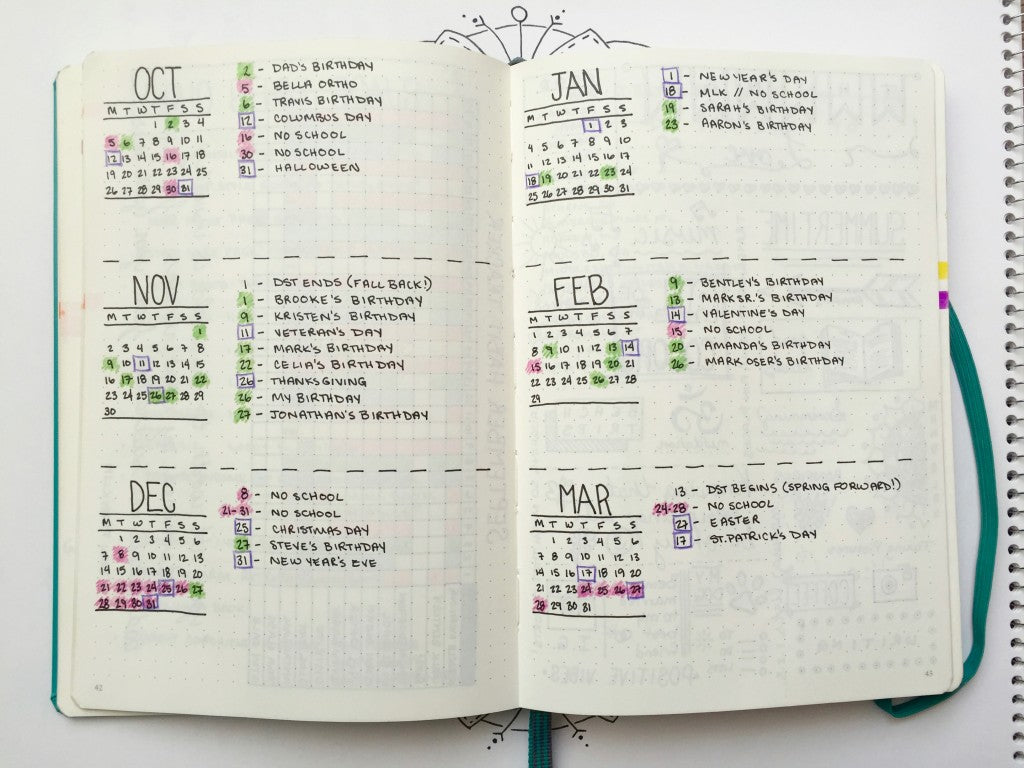
Daily Log
The daily pages are the heart and soul of my Bullet Journal. I do not necessarily migrate uncompleted tasks each and every day. As long as the open tasks are all on my current spread, I leave them there. I look at my entire current spread as one giant to-do list.
Once I flip over to a new page, I go back and either migrate or cross off tasks that have become irrelevant.
Collections
One of my favorite parts of bullet journaling is the ability to add in lists and collections. Sometimes it is a simple list like “books to read” or notes on a project I’m working on. Other times I get very creative with doodles and hand-lettered quotes to make the page really stand out.

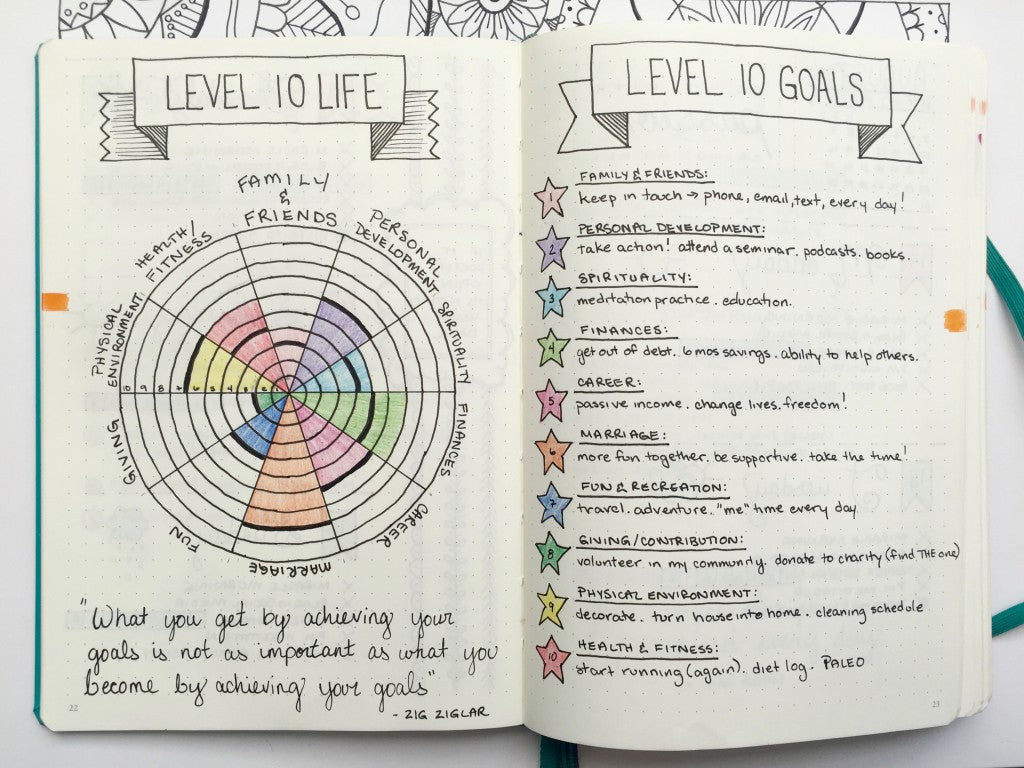
Habit Tracking
My monthly habit tracker is one of the most visited pages in my Bullet Journal. I developed this tracker as a way to eliminate writing repetitive tasks on my daily pages. I love to look back on this tracker at the end of every month. It’s a great tool for self assessment and reflection.![]()
How to Bullet Journal Like Kara
When: Daily planning is a big part of my night-time routine. About 30 minutes before bed, all of the electronics go off and I spend some quiet time with my Bullet Journal.
- Sometimes I will journal a short blurb about my day or write down a few things that I am grateful for.
- I turn to my habit tracker and fill in everything that I accomplished that day.
- I write out the following day’s header on the next available line.
- I carefully look over any open tasks and decide if they are still worth my time. If they are, I migrate them to the following day. If not, I cross them out or move them to forward planning.
- I glance at my monthly spread and fill in the next day’s appointments/events.
- In the morning, I review the tasks that I need to get done and come up with a plan for my day.
- Throughout the day I record any notes, conversations, to-do’s, or new lists as they come up. I also schedule in a mega-planning day near the end of each month. This planning day includes reflection on the previous month and goal setting for the month ahead.
Kara’s Gear
– Leuchttturm1917 Notebook (Medium A5, Dot Grid)
– Faber Castell PITT Artist Pen (Fine, 0.5mm)
– Staedtler Triples Fineliners (0.3mm)


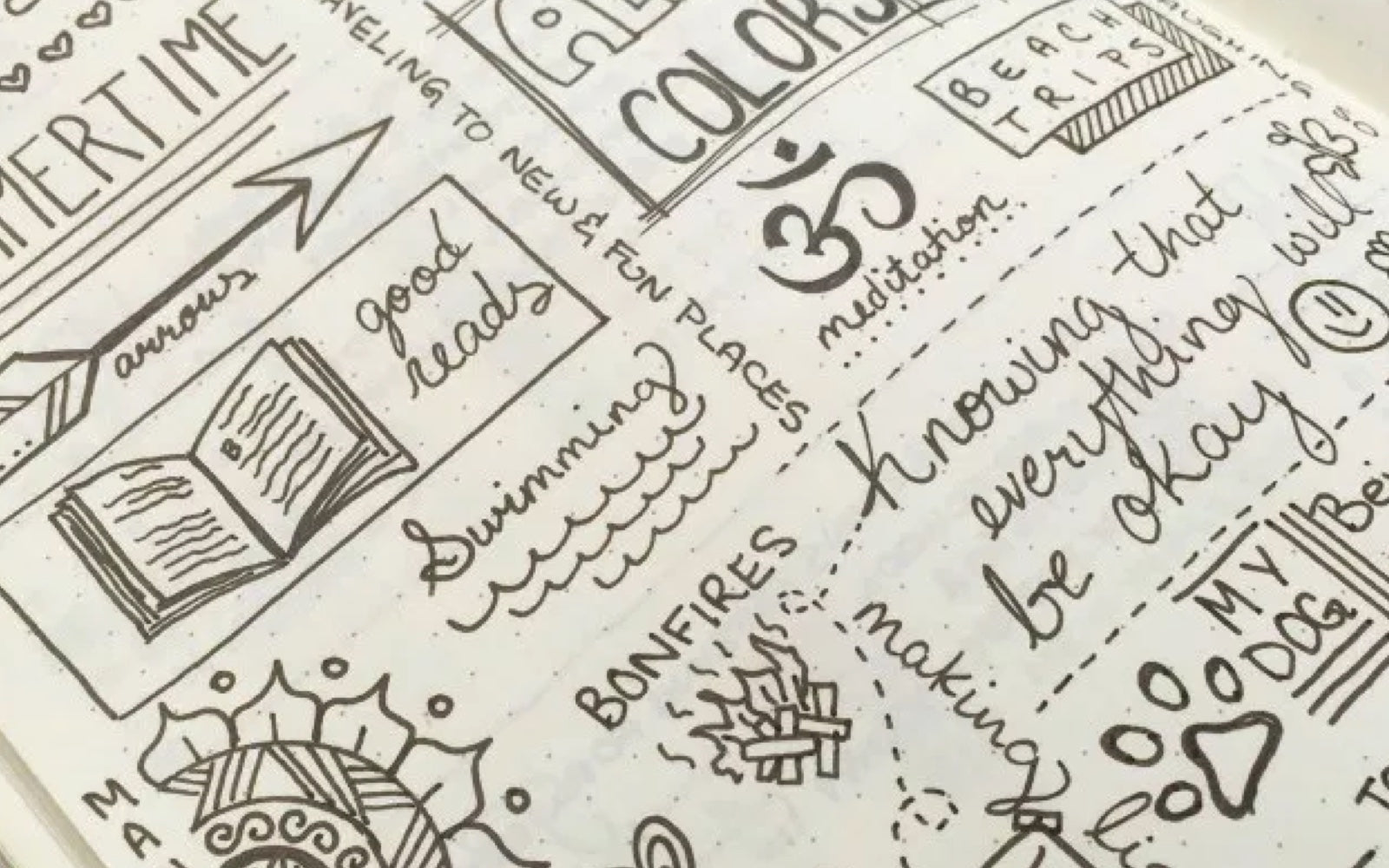
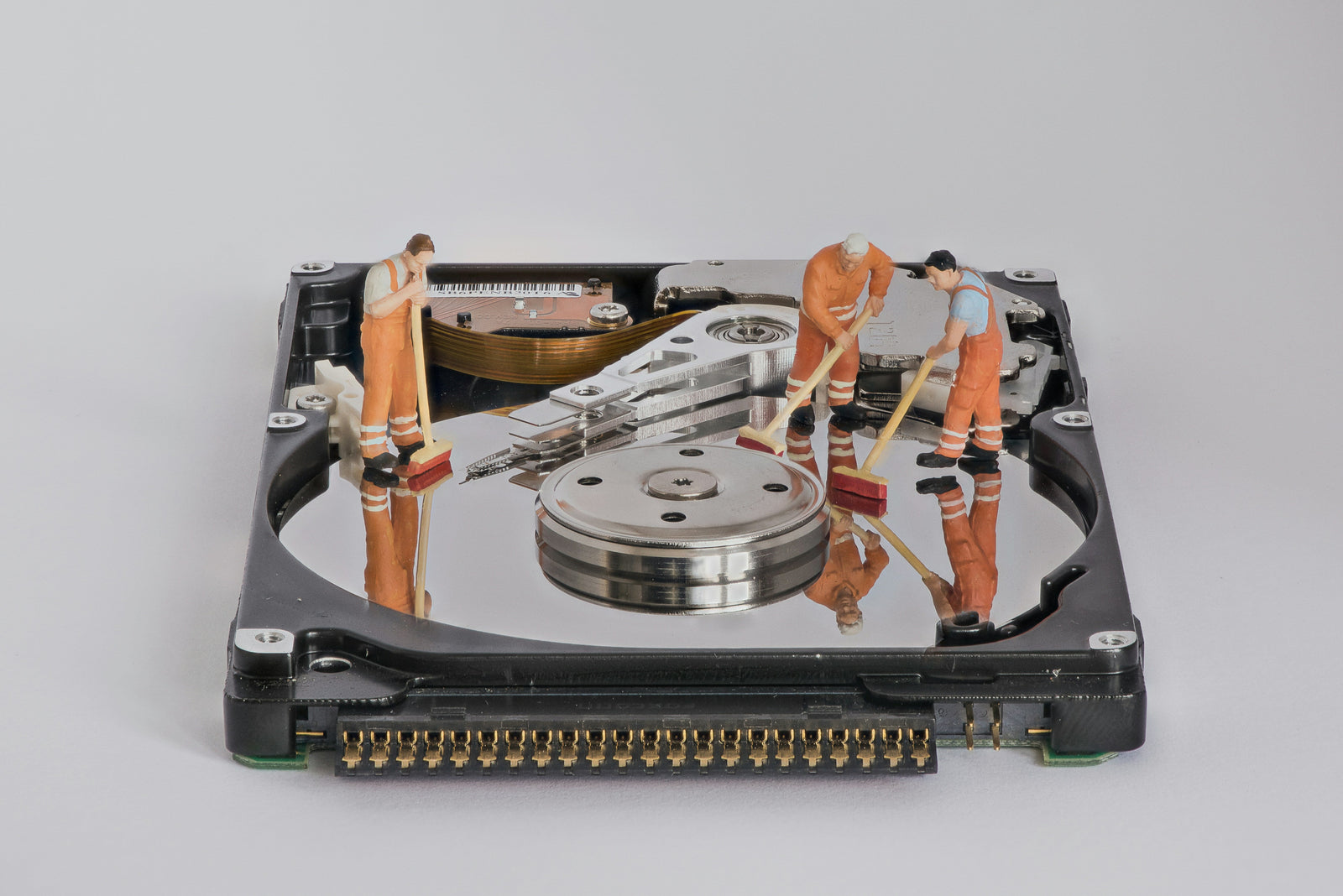
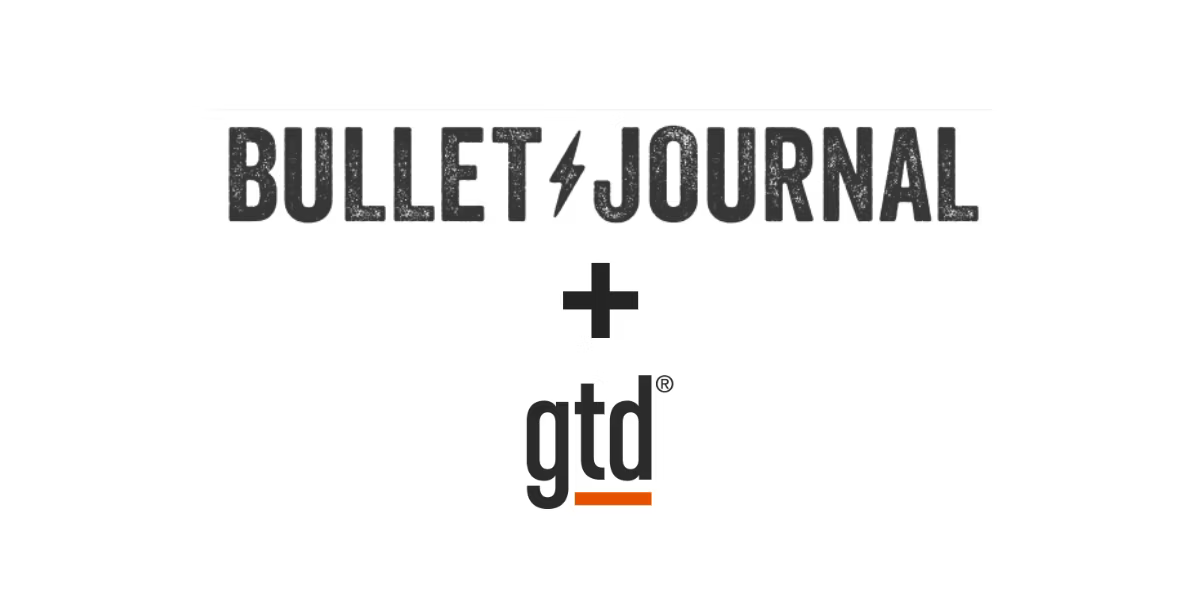
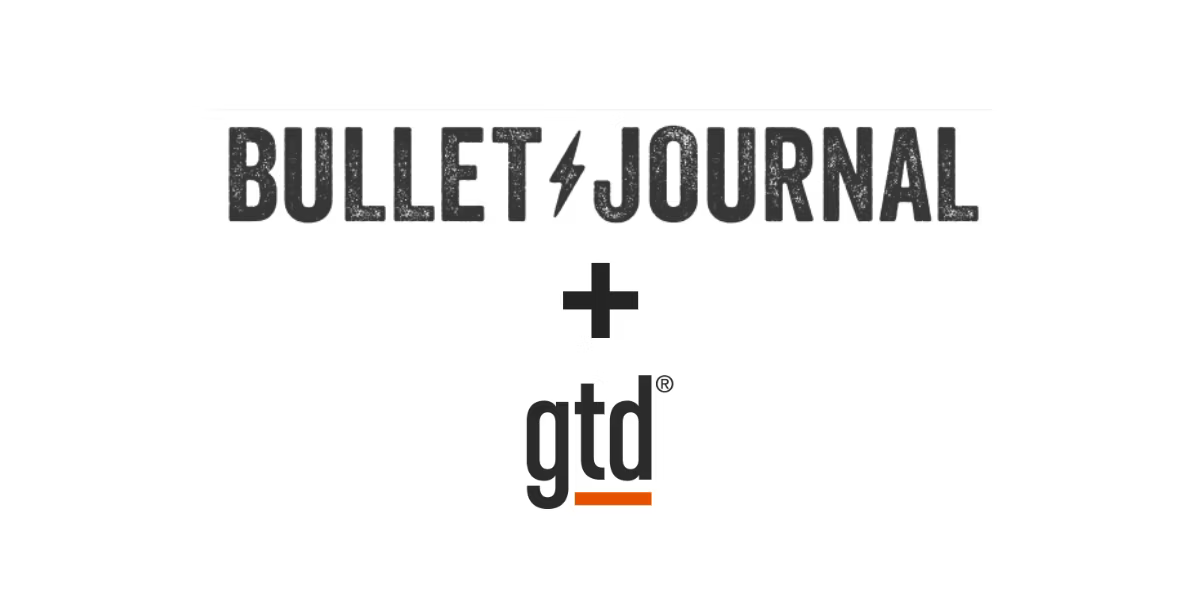
Beth Kelly
August 01, 2024
Kara – I’m loving your Bullet Journals and feeling inspired! I’ve been studying your two blog posts to get a feel for how it works, then I made the mistake of looking on Pinterest – that’s overwhelming! So I’m sticking with my original plan to follow your ideas although my pages will not look nearly as pretty as yours. What do you do when you finish a journal? Specifically, what are some of the pages I would definitely want to recreate in the new journal book vs. referencing my prior book? I love the index idea. That is going to save me a lot of redos! Thanks for taking time so share such a thoughtful and inspiring post.